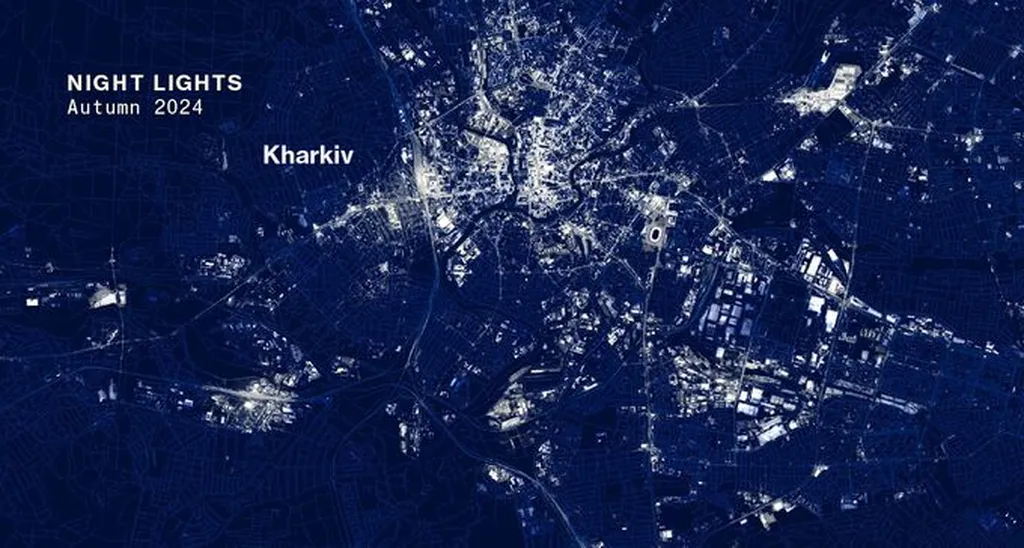In the sun-drenched fields of solar power plants, a silent threat lurks—fire hazards triggered by defective photovoltaic (PV) modules. Traditional monitoring methods often fall short, but a groundbreaking study led by Andrii Lysyi from Khmelnytskyi National University is set to revolutionize fire hazard detection in solar power plants, enhancing safety and economic viability.
Lysyi and his team have developed an intelligent, integrated system that combines Unmanned Aerial Vehicles (UAVs), Artificial Intelligence (AI), and Supervisory Control and Data Acquisition (SCADA) technology to create a comprehensive, multi-modal framework for early fire hazard detection. The system is designed to automate the monitoring workflow, from data acquisition to actionable decision-making, significantly enhancing plant safety and optimizing maintenance strategies.
The system employs UAVs equipped with high-resolution RGB and radiometric infrared cameras for rapid imaging, supplemented by dedicated Internet of Things (IoT) temperature sensors on PV module bypass diodes for critical component verification. A custom-trained YOLOv8 deep learning model performs automated defect detection from the captured imagery. The intellectual core of the system is a novel logical inference engine based on a Disjunctive Normal Form (DNF) equation, which intelligently fuses four key binary features to produce a definitive and context-aware fire risk assessment.
“The entire workflow is managed and visualized using a SCADA TRACE MODE platform for centralized control and automated alerting,” Lysyi explained. This integration allows for a more proactive and efficient maintenance strategy, reducing downtime and improving the overall economic viability of solar energy infrastructure.
The study successfully validated the performance and logical integrity of the integrated system through high-fidelity, scenario-based simulations. These simulations confirmed the capability of the DNF logic to accurately and reliably identify all predefined fire hazards, including “stealthy,” damage-induced hotspots where the primary safety mechanism (the bypass diode) had failed. The system also correctly classified mitigated risks to prevent false alarms, demonstrating its diagnostic precision.
“The projected increase in diagnostic accuracy for identifying critical, fire-prone defects over conventional, single-modality methods is up to 40%,” Lysyi noted. Furthermore, the proposed system is projected to reduce the false-positive alarm rate by over 75% compared with IR-only automated systems.
This research, published in the journal “Radioelectronics and Computer Systems,” establishes a powerful new paradigm for proactive solar power plant (SPP) safety management. The intelligent fusion of UAV and IoT sensing, AI-driven analytics, and a formal logical framework provides a robust and reliable solution for fire risk mitigation. This advancement is poised to shape future developments in the field, enabling highly efficient, condition-based maintenance strategies and significantly enhancing the safety, reliability, and performance of modern solar power infrastructure.
As the energy sector continues to evolve, innovations like Lysyi’s integrated system will be crucial in ensuring the safe and efficient operation of solar power plants, ultimately contributing to a more sustainable and reliable energy future.

